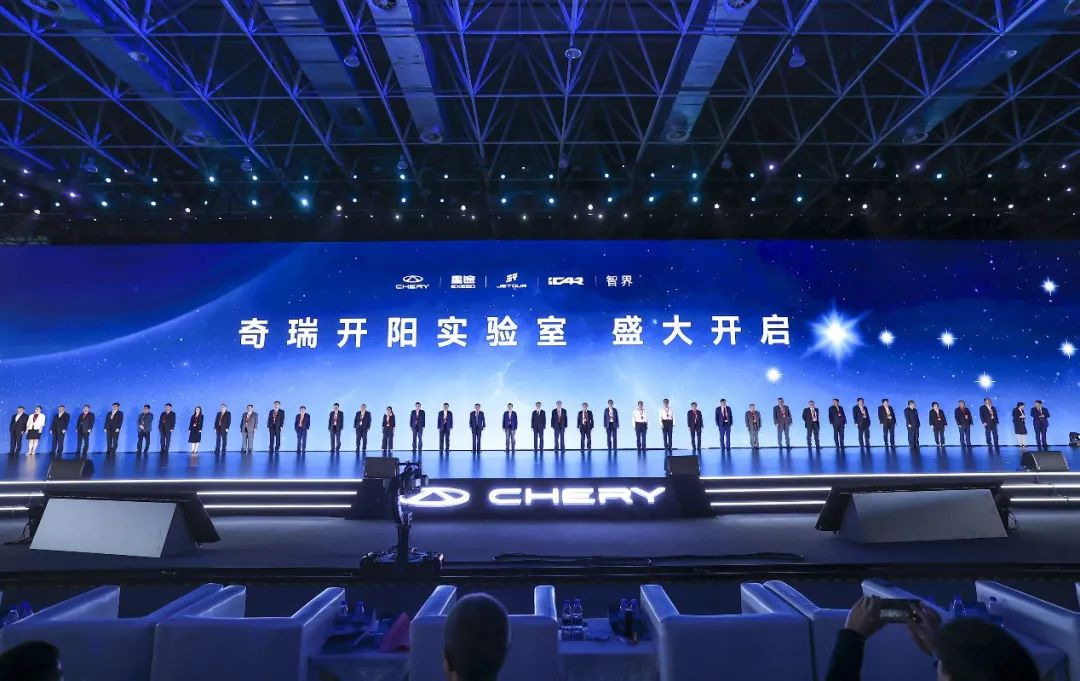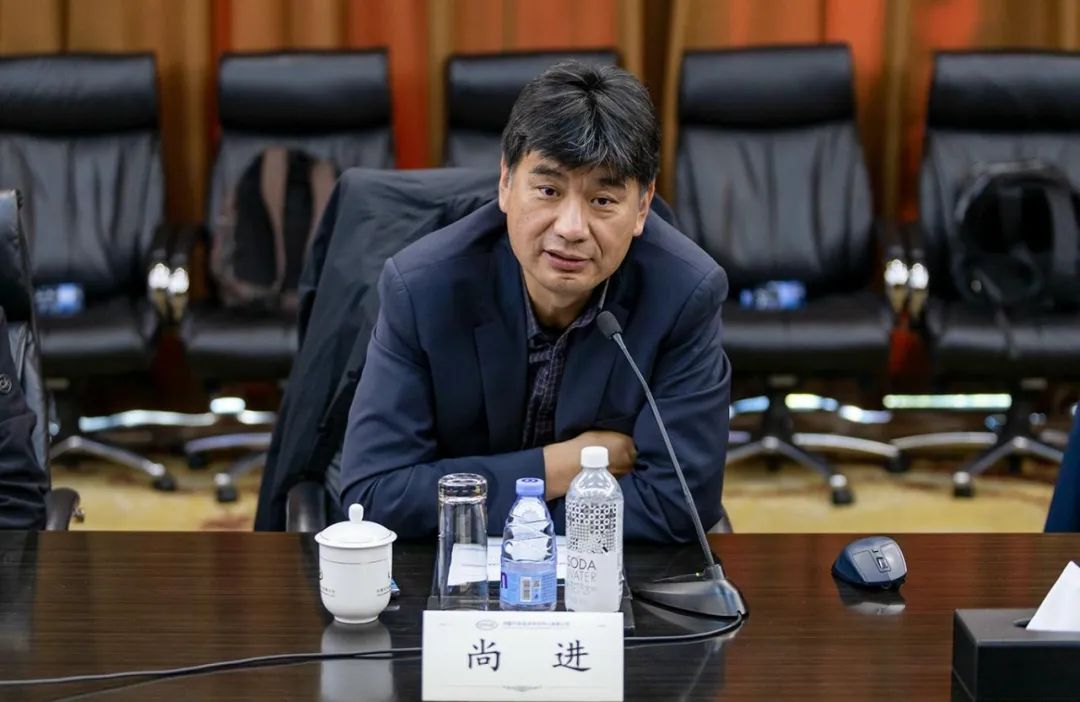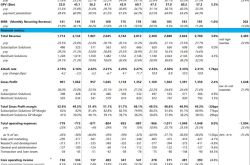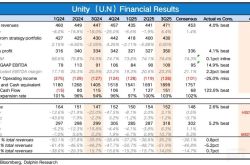Exclusive: Chery's Kaiyang Lab CTO Shang Jin Resigns Amid Reorganization of 2,500-Strong Intelligent Team
![]() 07/04 2025
07/04 2025
![]() 628
628

Kaiyang Lab stands out as the most innovative and forward-looking entity within Chery's technology research and development landscape, albeit the furthest from commercialization. Chery Chairman Yin Tongyue has openly acknowledged that Kaiyang Lab was inspired by Huawei's 2012 Lab, aiming to integrate cutting-edge technologies into the automotive industry to gain a competitive edge in the future.
However, unlike Huawei, which has a technology-centric foundation, Chery, with its manufacturing roots, continues to explore methods to establish an innovative technology R&D system.
Author | Xing Ruifang
Editor | Mao Shiyang
Original by AutoPix (ID: autopix)
Chery is undergoing a significant reorganization of its advanced research and development layouts, particularly in the field of intelligence.
AutoPix has learned that Chery's Intelligent Center has completed the integration of Lion Auto Tech and Dazhuo, forming a research and development team comprising nearly 2,500 individuals. The new Intelligent Center now comprises five departments: Intelligent Cabin Center, Intelligent Driving Center, Digital Architecture Center, Chip Research Institute, and Strategy and Operations Management Department.
Amidst these organizational changes, there has been frequent turnover among senior executives within Chery's R&D system. In a previous article, AutoPix exclusively revealed that the new Intelligent Center is led by Wu Xuebin, Deputy General Manager of Chery and concurrent CEO of Lion Auto Tech, overseeing Chery's intelligent cabin R&D. Dazhuo Intelligence was responsible for Chery's intelligent driving R&D, with two senior executives, Gu Junli and Zhang Xiaohong, having resigned successively. Notably, Gu Junli, who held a higher position, also served as Deputy General Manager of Chery.
Changes are ongoing. AutoPix has exclusively learned that Shang Jin, President Assistant of Chery Automobile Co., Ltd., and CTO of Kaiyang Lab, will be resigning.
Shang Jin's tenure at Chery Automobile was relatively brief. He is better known in the automotive industry for his previous role as CEO of National Intelligence and Control. Last October, Chery unveiled Kaiyang Lab at the 2024 Global Innovation Conference. In the first quarter of this year, Shang Jin began visiting universities in his capacity as CTO of Kaiyang Lab.
Kaiyang Lab's research direction is multifaceted, with the most significant focus being full-vehicle AI, encompassing Chery's basic large model and Chery AI OS, ultimately spanning multiple application scenarios such as intelligent cabins, advanced driver assistance systems, intelligent chassis, and driving power. Additionally, it will delve into innovative fields like solid-state batteries and chips.
Among Chery's technology R&D layouts, Kaiyang Lab is the youngest, most forward-looking, and furthest from commercialization. It focuses on developing innovative industrial technologies from scratch, many of which may take 5 to 10 years to reach the market. Shang Jin was the de facto leader of this lab.
Regarding the establishment of Kaiyang Lab, Chery Chairman Yin Tongyue once explained that the direct inspiration was Huawei and its "2012 Lab." Huawei established the "2012 Lab" 14 years ago as an engine for exploring cutting-edge technologies in communications, artificial intelligence, and cloud computing. The lab's name was inspired by founder Ren Zhengfei's vision, after watching the movie "2012," to create a "Noah's Ark" carrying future technologies to address the challenges of the "digital flood." Today, the 2012 Lab is a vast and sophisticated global R&D network with 16 research institutes worldwide. Many of Huawei's subsequent technological breakthroughs in various application fields can be traced back to the groundwork laid by the 2012 Lab.

This mirrors Chery's aspiration: to achieve innovation through cutting-edge organizational layouts and enhance the company's digitalization. Shang Jin has stated on several occasions that the progress of artificial intelligence has not significantly impacted consumer electronics like computers and mobile phones because these industries have already undergone digital transformation, smoothly integrating AI technology. In contrast, the automotive industry is the only one impacted, which he attributes to most automotive companies not yet achieving digital transformation.
Rather than waiting for passive changes, Chery aims to proactively deploy innovative technologies to eventually gain a competitive edge in the future.
However, this will take time. With a strong manufacturing background, Chery has a mature layout in engineering technology innovation. In digital technology innovation, most layouts have been established in the past two years.
In September 2022, Chery announced the "Yao Guang 2025" plan, committing to invest 100 billion yuan in R&D over the next five years, cultivate 20,000 R&D talents, and establish 300 Yao Guang Labs to support cross-science and cross-border technology research. Chery established the Yao Guang Lab at the end of 2022, Dazhuo in 2023, and Kaiyang Lab at the end of last year.
In the automotive industry, there are various approaches to digitization, and Chery is not alone in recognizing the shortcomings of the traditional automotive company system. Geely, led by Chairman Li Shufu, chooses to invest in externally mature companies outside the system, such as Meizu and Stepwise Stars, which are then integrated into Geely's system upon maturation, aiding in the establishment of Ecarx, Xingrui Intelligent Computing Center, and Qianli Technology, among others.
Currently, Chery seems to prefer sourcing talent externally and incorporating them into internal entrepreneurship within the company. However, this approach places greater emphasis on the individual capabilities of the leaders. Besides technical skills, managing internal relationships and securing sufficient authorization are also crucial factors affecting success.
This article is original content by AutoPix (autopix) and should not be reproduced without authorization.








